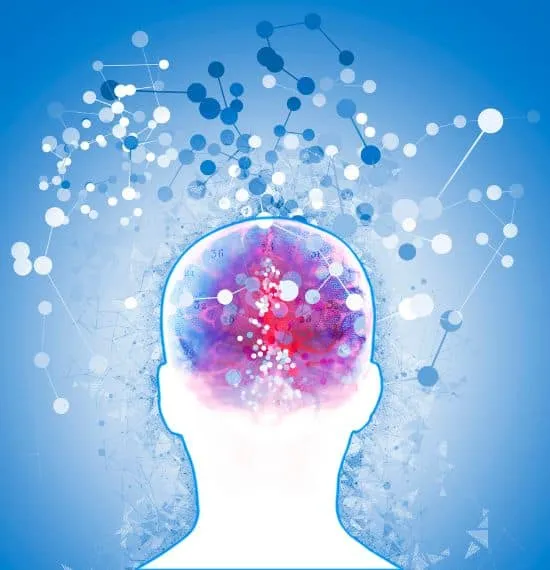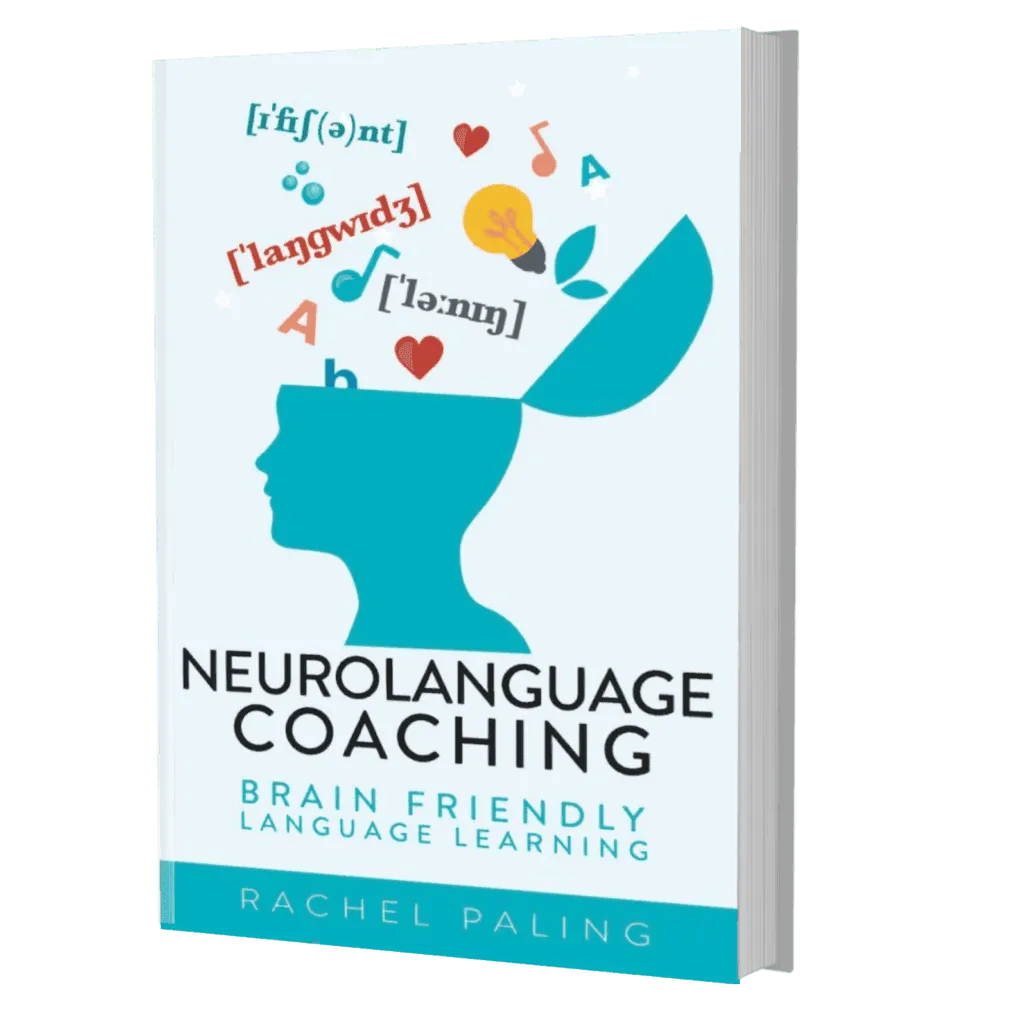Neuroscience in Language Learning


How the Brain Learns – and What That Means for Educators
Neurolanguage Coaching® deeply reflects the findings and principles from neuroscience.
It’s not just about teaching grammar or vocabulary. It’s about understanding that every learner is different and how to adapt the learning by harnessing how the brain functions and reacts during the learning process – and creating an experience that is as brain-friendly as possible.
Emotional Intelligence, Neuropsychology and Neuroscience has shown us that:
- 🧠 Emotional states significantly impact learning.
- 🧠 The amygdala, when aroused negatively, can trigger the sympathetic nervous system causing key learning areas in the brain to be compromised (namely, hippocampus and prefrontal cortex functions).
- 🧠 Learners in a “threat state” (stress, fear, embarrassment) may shut down and struggle to retain or express language.
- 🧠 A calm brain is essential for effective learning.

This is why Neurolanguage Coaches are trained to recognize emotional triggers and limbic reactions. They know how to create calm, safe, and supportive environments that encourage real learning.
And we understand how learners of different ages learn:
- 🧠 Children (0–5) learn primarily through procedural memory—they absorb language without conscious effort.
- 🧠 After age 7/8, learning becomes more explicit, on declarative memory, and there can be more learning through association and scaffolding, logic, and structure.
- 🧠 Adults tend to rely on explicit learning—but benefit greatly from combining it with implicit methods like pattern recognition, immersion, and real-life application.
Neurolanguage Coaches integrate all of this knowledge into their practice—making every session more impactful and aligned with how the brain truly learns.
Find out more about neuroscience in language learning by reading the second edition of Rachel’s book – Neurolanguage Coaching: Brain Friendly Language Learning – click here

Get a copy of the Neurolanguage Coaching: Brain Friendly Language Learning book
Want to learn more about Neurolanguage Coaching?
Get Rachel’s book and expand your knowledge!
Updated for 2025 – 2nd Edition now available
🎓 Ready to Learn More?
Deep dive into Neurolanguage Coaching by reading the second edition of Rachel’s book – Neurolanguage Coaching: Brain Friendly Language Learning – click here
Explore our accredited courses and start your journey to becoming a certified Neurolanguage Coach® – click here
Take the FREE Introduction to Neurolanguage Coaching E-Course to get a taste of what it is all about! – click here
Register for the “Why is Neurolanguage Coaching Different?” Webinar with Rachel Paling – click here